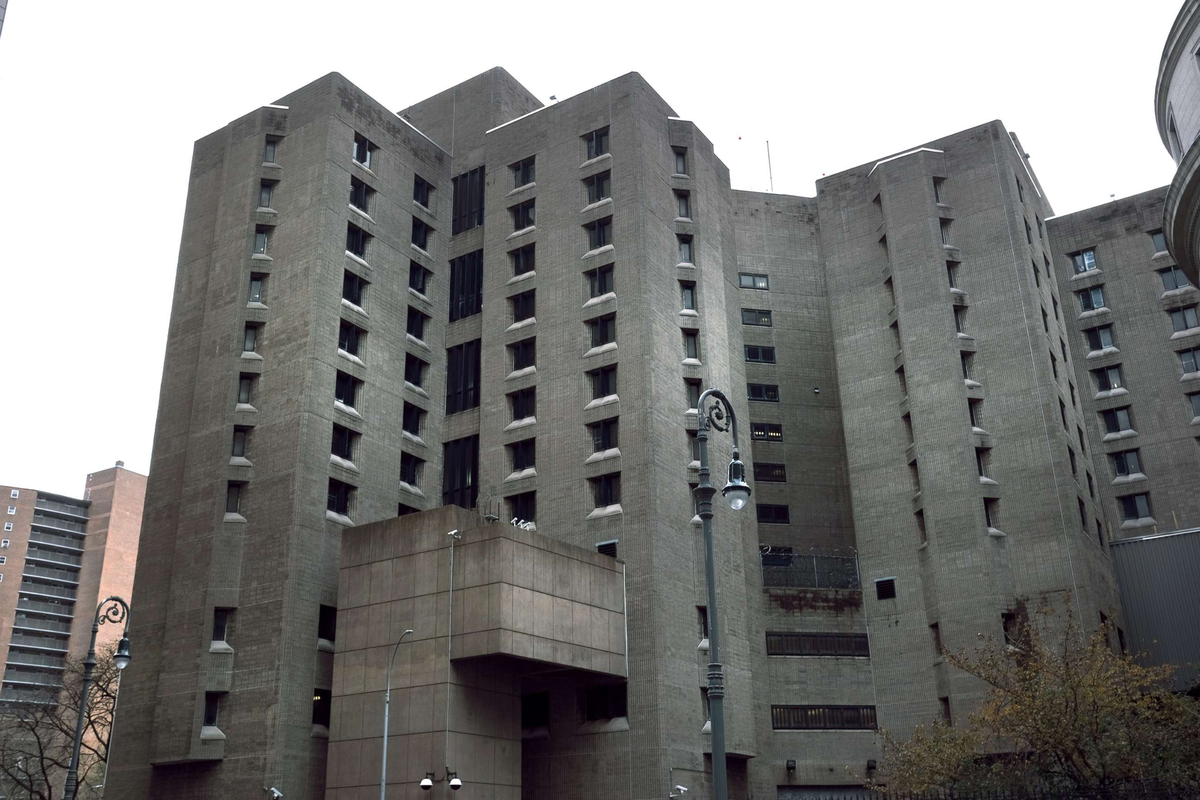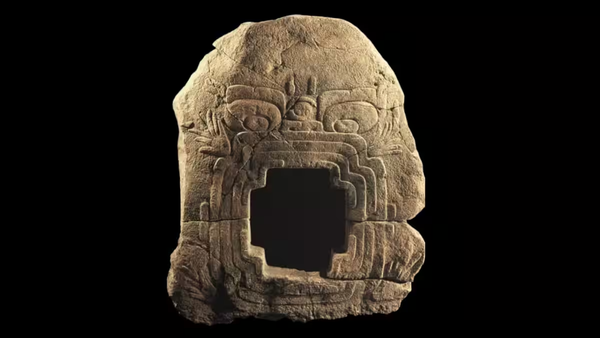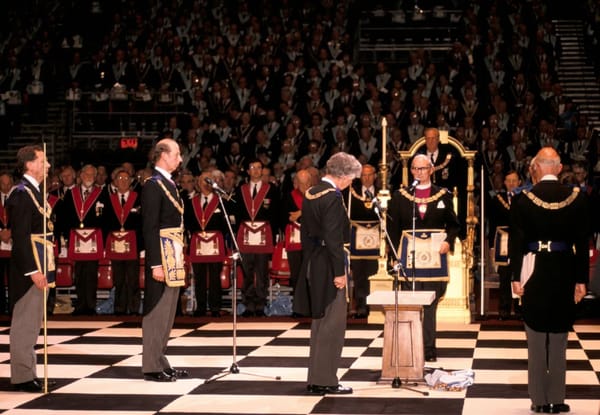Metadata Reveals FBI’s Epstein Surveillance Video May Not Be Authentic

This week, the U.S. Department of Justice (DOJ) released almost 11 hours of video footage they described as “full raw” surveillance from a camera near Jeffrey Epstein’s prison cell on the night before he was found dead. The DOJ said the release was meant to stop conspiracy theories about Epstein’s reported suicide in jail. But instead of calming those theories, it may have made them worse.
Experts from WIRED and independent video analysts looked into the video. They found that, despite being called “raw,” the footage was not a direct copy from the prison’s cameras. Instead, it had been edited, probably using Adobe Premiere Pro, a professional video editing program. It looks like the footage was pieced together from at least two video clips, saved several times, and exported before being uploaded to the DOJ’s website.
Experts say it’s not clear exactly what was changed in the video. The editing might have been harmless—maybe just combining clips for easier viewing. But since there’s no clear explanation from the DOJ about why they used editing software, it raises questions. Because of all the rumors already surrounding Epstein’s death, this lack of clarity could give conspiracy theorists more reason to be suspicious.
Mike Rothschild, an expert on conspiracy theories, explains: “Any aspect of the official story that isn’t fully explained will be co-opted by conspiracy theorists. So whatever your flavor of Epstein conspiracy is, the video will help bolster it.”
Before the DOJ and FBI released a memo this Monday, Attorney General Pam Bondi had been promising records about Epstein that people thought might reveal shocking new details. But instead, the memo mostly confirmed what was already known: Epstein was found dead in his Manhattan jail cell on August 10, 2019, and it was ruled a suicide. He had been awaiting trial for sex trafficking.
To support this, the FBI reviewed security footage from the common area of the Special Housing Unit (SHU), where Epstein was kept. They adjusted the video’s color, sharpness, and contrast, and released both an enhanced version and what they called the “raw” version. But both versions show signs of being edited in Premiere Pro, with similar metadata (hidden file info that shows how a video was made).
WIRED worked with two video forensics experts to look at the 21-gigabyte video files. Using tools that read hidden metadata, they found evidence that the video had been processed in Adobe software. The data shows the file was saved at least four times over 23 minutes on May 23, 2025, by a Windows user account called “MJCOLE~1.” It’s not clear if the video was changed each time it was saved.
The metadata shows the video was made by combining at least two different video files. These were named “2025-05-22 21-12-48.mp4” and “2025-05-22 16-35-21.mp4.” Adobe’s metadata labeled these as “Ingredients,” meaning source materials used to make the final video. It’s unclear where in the final video the two clips were joined.
Hany Farid, a digital forensics expert at UC Berkeley, reviewed the metadata for WIRED. He said this situation raises serious concerns about “chain of custody”—the way digital evidence is handled to keep it trustworthy. Just like with physical evidence, digital files must be handled carefully to avoid doubts. Farid said:
“If a lawyer brought me this file and asked if it was suitable for court, I’d say no. Go back to the source. Do it right. Do a direct export from the original system—no monkey business.”
Farid also pointed out a strange issue: the video’s aspect ratio (the shape of the screen) suddenly changes in some places. He asked, “Why am I suddenly seeing a different aspect ratio?”
While these signs of editing don’t prove anything suspicious happened, Farid says they still raise red flags. It’s possible the editing was simply to convert the video into a common format like MP4 or to combine clips. But neither the FBI nor DOJ explained the editing clearly. When WIRED asked questions, the FBI pointed to the DOJ, the DOJ pointed back to the FBI and Bureau of Prisons, and the Bureau of Prisons didn’t respond at all.
A previous 2023 report from the DOJ’s Office of the Inspector General revealed that Epstein’s prison, the Metropolitan Correctional Center (MCC), had about 150 old-fashioned surveillance cameras. But starting July 29, 2019, a technical glitch stopped about half of them from working—including most inside Epstein’s unit.
That system was supposed to be fixed on August 9—the night before Epstein was found dead—but the repair tech couldn’t get access because the prison guard escorting him was finishing their shift.
So at the time Epstein was found hanging, only two cameras near his unit were working: one watching the nearby stairwell and another watching an elevator bay. Neither could see the front of Epstein’s cell.
According to the DOJ, the footage they released shows that no one entered Epstein’s section from 8 p.m. on August 9 to around 6:30 a.m. the next morning. However, there’s a strange one-minute gap in the video—from 11:58:58 p.m. to 12:00:00 a.m. The footage picks up again right after that.
At a press conference, Bondi said this missing minute happens every night due to a flaw in the prison’s recording system.
The Inspector General’s report didn’t find proof that Epstein was murdered. Instead, it said the prison had years of staffing issues and equipment failures. In fact, the prison was shut down in 2021 because conditions were so bad.
Still, with so many conspiracy theories already out there, any unexplained detail can make things worse. Conspiracy host Alex Jones reacted to the DOJ memo by calling it “sickening” and joked, “Next the DOJ will say, ‘Actually, Jeffrey Epstein never even existed.’”
Rothschild explains that this kind of thinking is common in conspiracy communities:
“In the world of conspiracy theories, evidence that disproves something happened becomes proof that something happened. Every piece of evidence that points to him taking his own life—the negligence of the prison staff, the disrepair of the cameras, the coroner's report—is turned into evidence that he was killed by powerful figures who weren't competent enough to cover up the crime correctly.”
He says the video’s strange gaps will only add to people’s suspicions.
One expert who reviewed the metadata agreed with WIRED’s findings but didn’t want to be named due to the sensitivity of the case. They summed it up this way:
“It looks suspicious—but not as suspicious as the DOJ refusing to answer basic questions about it.”





